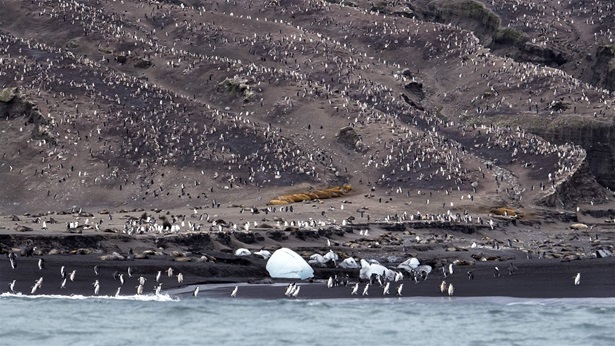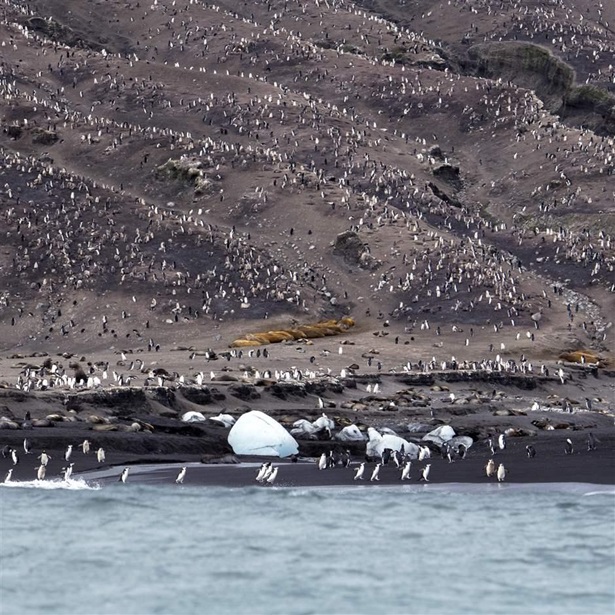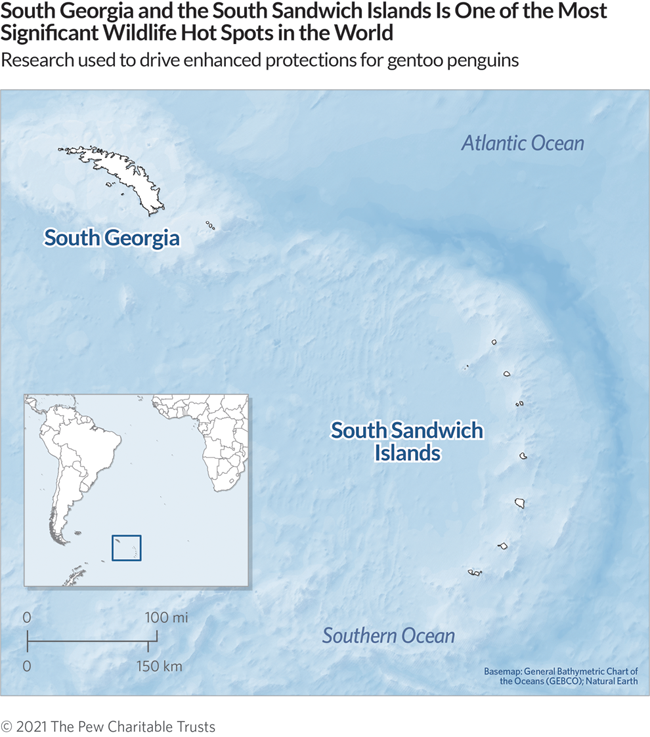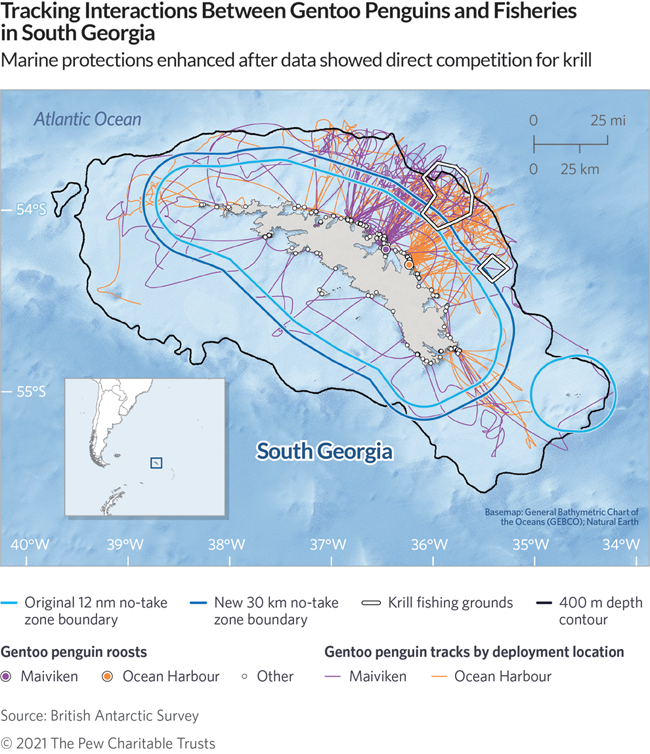Off South Georgia Island Penguins Compete With Commercial Fishing Fleets for Krill
Study tracks gentoo foraging and finds that government should expand marine protections
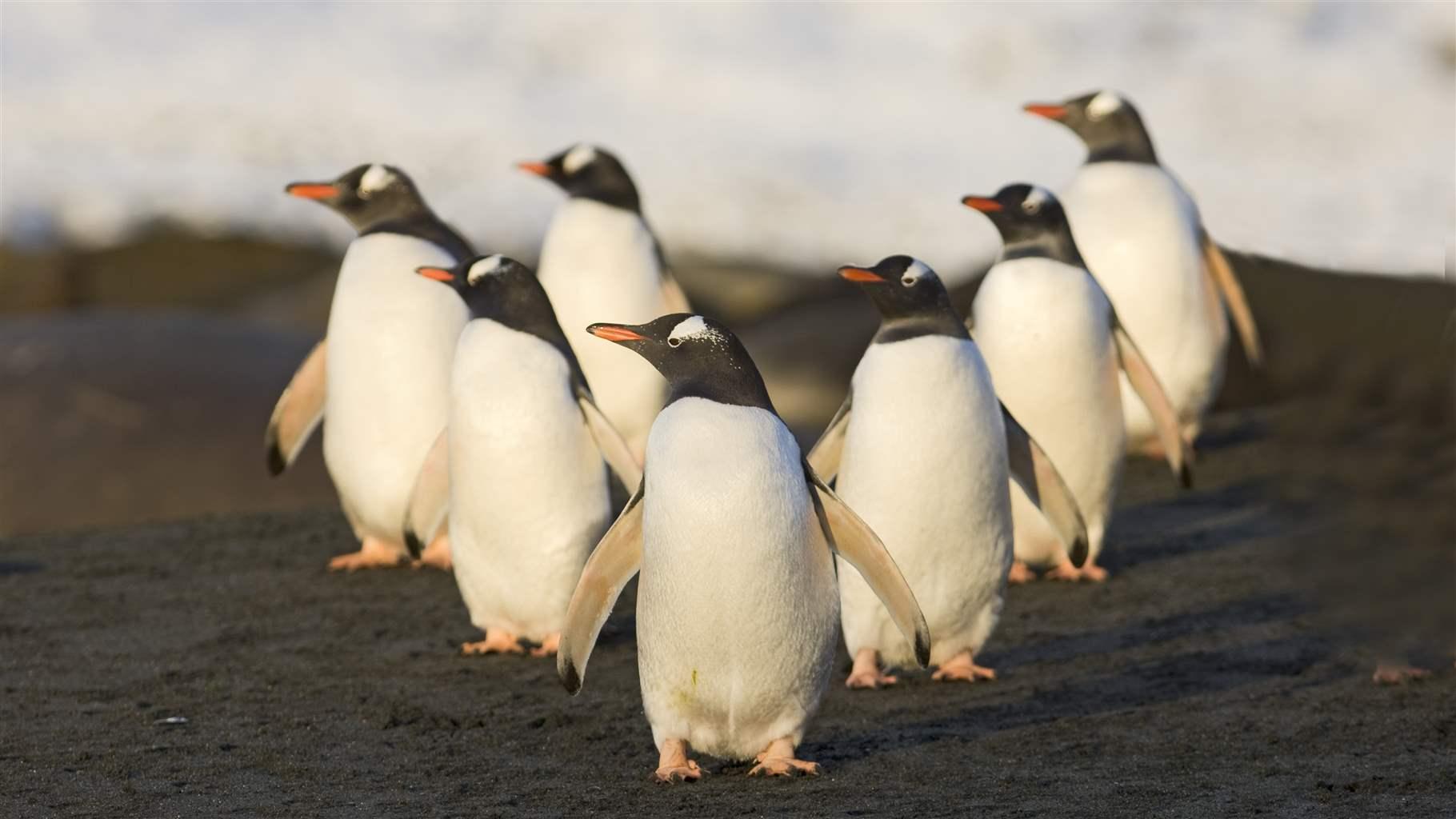
Located about 4,000 kilometres (2,485 miles) north of Antarctica, South Georgia and the South Sandwich Islands play an important role in the Antarctic ecosystem. The islands support one of the most diverse aggregations of seabirds and marine mammals on Earth, including 25% of the world’s gentoo penguins.
However, this population of gentoo penguins could be under threat, according to a new study funded in part by the Pew Bertarelli Ocean Legacy Project. The research, led by the British Antarctic Survey and published Jan. 13th in the peer-reviewed scientific journal Diversity and Distributions, found that over certain periods of the year, the penguins forage for food, such as krill, in the same areas where an industrial krill fishery operates. This overlap could carry negative consequences for the birds.
In 2018 the Government of South Georgia and the South Sandwich Islands sought to review the efficacy of the 1 million-square-kilometre marine protected area (MPA) surrounding the islands. In that review, the government sought to answer the question: “Do existing fisheries pose a threat to populations of predators, such as penguins, by directly competing for their food, such as krill?”
For the study, scientists travelled to South Georgia and equipped 16 gentoo penguins with satellite tracking devices that recorded their movements over a period of up to 76 days. The data showed where and when penguins foraged within no-take zones of the MPA, which stretched 12 nautical miles from land, and within commercial fishing grounds for krill, which extended beyond these zones.
The tracking data showed that in 2018, gentoo penguins spent almost half their time foraging for food such as krill beyond that 12-mile no-fishing zone around South Georgia, and demonstrated the potential for the penguin colonies to overlap in their search for krill with international fishing fleets. The penguins’ ability to meet their nutritional needs is already stressed by climate change: Inconsistent Antarctic temperatures are affecting krill abundance, which carries a direct impact for krill predators, such as penguins.
Where Gentoo Penguins and Fishing Fleets Overlap Around South Georgia Island
Expanding marine protections to safeguard penguin foraging habitat
The study began in 2018, and as a direct result of its initial findings, the local government extended the no-take zone around South Georgia in December 2018 from 12 nautical miles (22.2 km) to 16.2 nautical miles (30 km)—expanding protection for gentoo penguins and other predators by approximately 5,000 square kilometres (1,930 square miles).
Now that the full analysis has been completed, the authors note that to fully protect gentoo foraging areas observed through this study, the no-take zone would need to be extended 34 miles (55 km) from shore—marked by the 400m depth contour line on the map above. This depth represents the edge of the continental shelf, beyond which ocean depths increase significantly and gentoos rarely feed. If the government declines to pursue that option, the authors suggest that in the years that krill are scarce, officials consider periodic and temporary expansions of closed areas to enhance protection of penguin foraging areas. The researchers added that consideration of this so-called Flexible Closure Management Framework should be preceded by significant additional research.
This study exemplifies how satellite tagging of ocean predators such as penguins can be used to inform evidence-backed expansions of fully protected areas and reduce the risk of competition for prey between wildlife and commercial fishing operators. To better understand these dynamics, Pew Bertarelli Ocean Legacy is partially funding a similar study around the South Sandwich Islands. For that research, the British Antarctic Survey equipped 20 chinstrap penguins in January 2020 with satellite transmitters at breeding sites on Saunders Island. Chinstrap penguins, like gentoos, consume krill as a key component of their diet.
Over the coming months, scientists will examine data from those transmitters to calculate what proportion of the penguin foraging activity occurs in areas where local regulations allow krill fisheries (that is, from 50 km from shore out to 200 km, the boundary of the South Sandwich Islands’ exclusive economic zone). This data will help scientists evaluate whether the penguins require enhanced protection.
Pew Bertarelli Ocean Legacy, as part of the Great British Oceans coalition, remains committed to fully protecting the waters surrounding the South Sandwich Islands.
Johnny Briggs is a senior officer and Katie Gray is a senior associate working on the Pew Bertarelli Ocean Legacy Project’s efforts in the U.K., based in London.
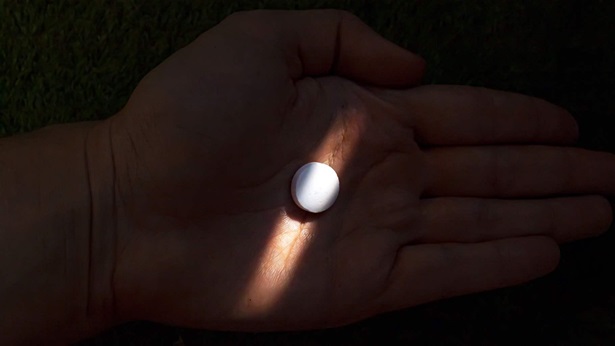
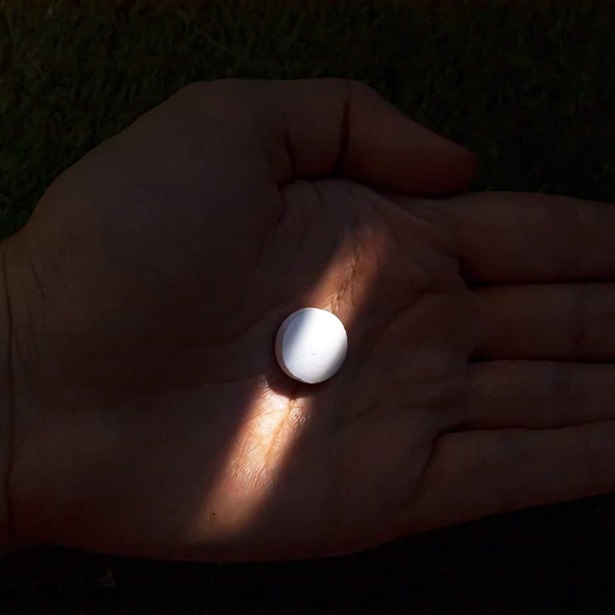
America’s Overdose Crisis
Sign up for our five-email course explaining the overdose crisis in America, the state of treatment access, and ways to improve care
Sign up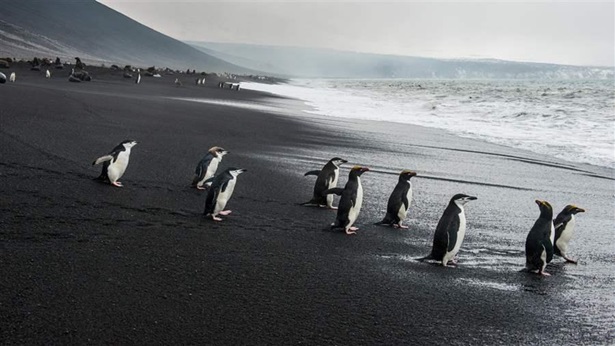
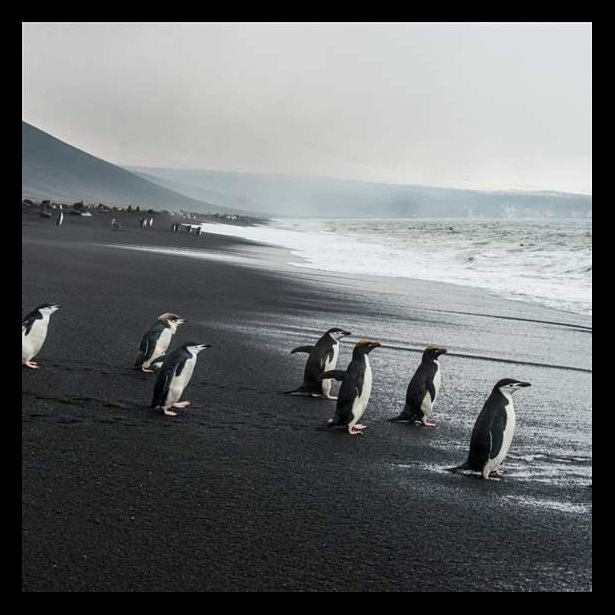
Safeguarding Globally Significant Wildlife in The South Atlantic
